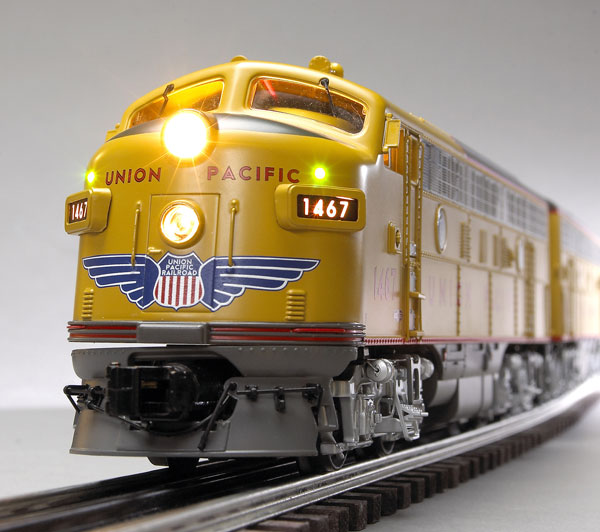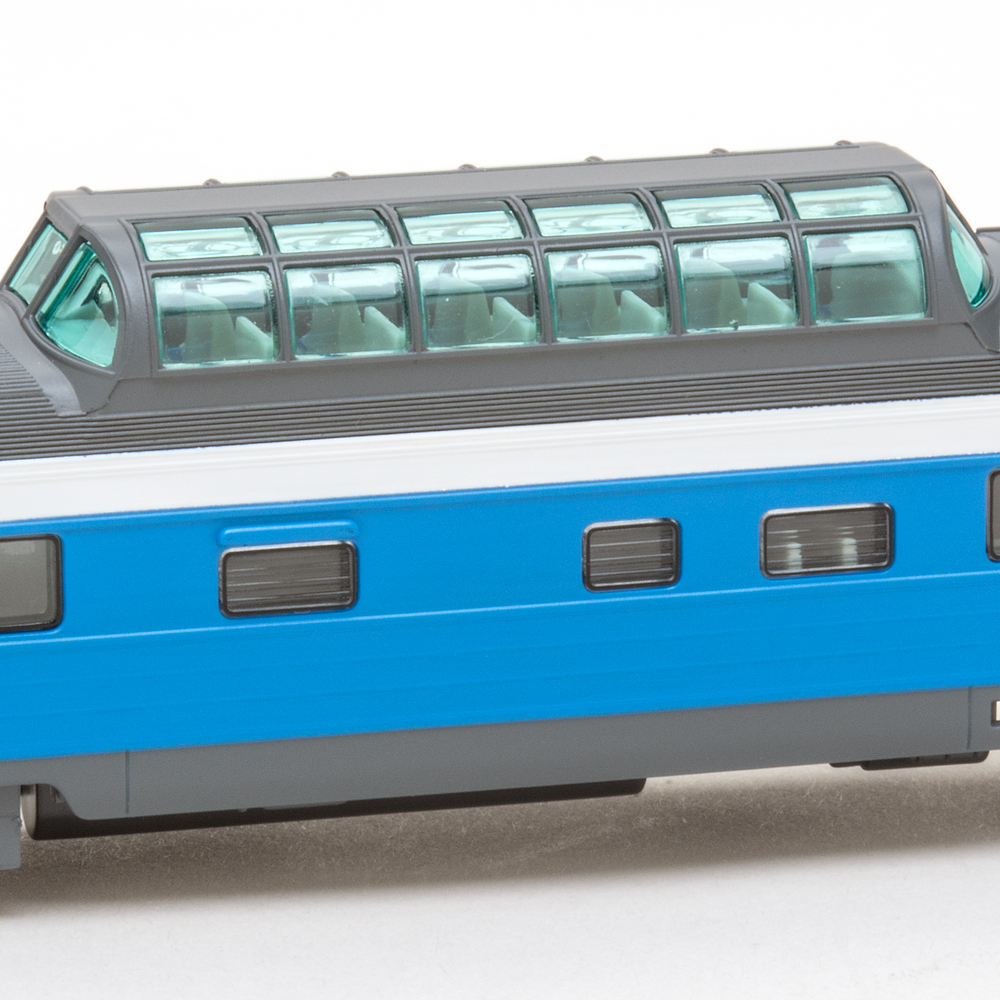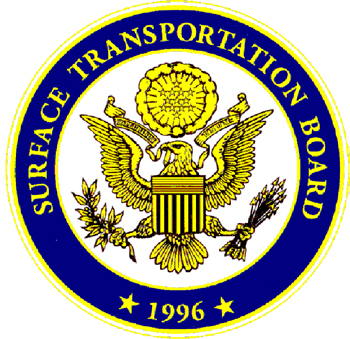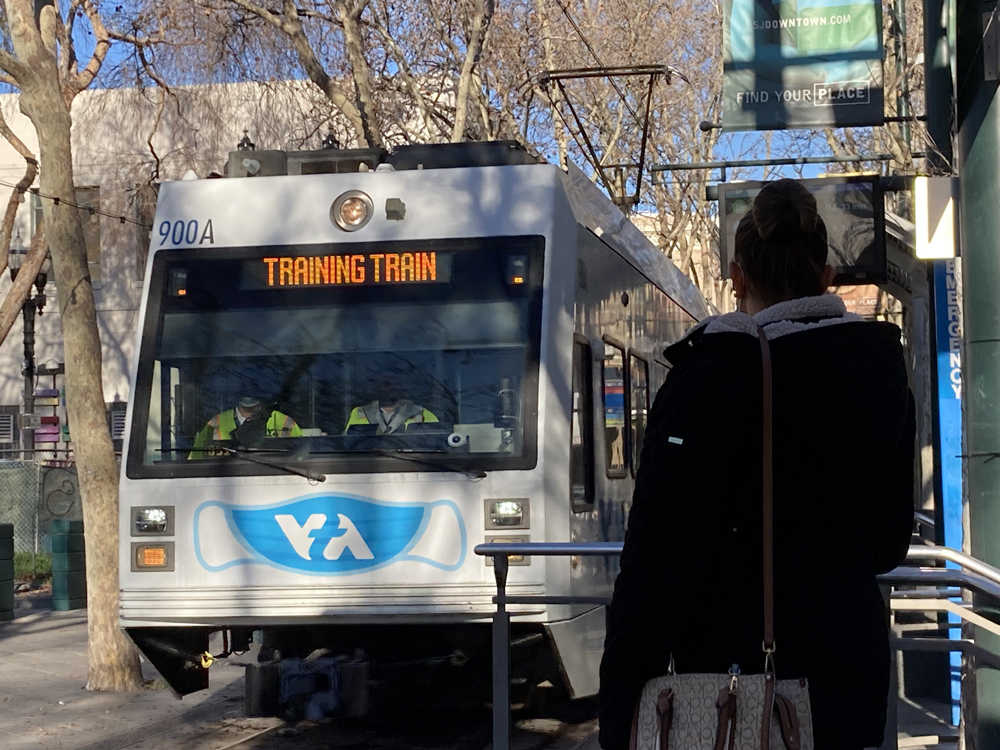Cab units are a staple of O gauge model railroading. They are crowd pleasers and are updated every few years with new features or improvements.
A corollary of that statement is the increased expectations on the part of hobbyists. The greater the level of detail you see, the more you expect. The better the low-end speed you see, the more you want your next engine to really creep. MTH’s new rendering of the EMD F7 fulfills those expectations.
The model
This A-B-A outfit is pretty impressive, even for a “seen-it-all-before” cab unit.

The die-cast metal pilot on the lead A unit looks great from cast-in steps and rivets to add-on brake lines and an uncoupling apparatus. The silver-painted die-cast metal trucks add a touch of class, and they are immaculately detailed including brake and sand lines. In the tried-and-true O gauge mode, the lower cab steps are mounted on the truck, not the frame, for easier movement through tight-curved track.
The die-cast metal fuel tank houses the sound system’s speaker. A portion of the plastic shell slips down over the fuel tank sides and has cast-in features, such as a fuel-sight gauge, a fill spout, a power receptacle, and battery door.
The snout is one that you either hate or love, since it is a model of a real F7 diesel, not Lionel’s postwar vision of an EMD F3 diesel. The curves are finely crafted, and the nose has cast-in vents, add-on grab irons, as well as large number boards, working marker lights, and a headlight and simulated “Mars-style” light for some flair.
The top of the nose is painted a dull gray, which reduces light reflection for the crew. The cab windows arc in a style that makes the model look – well go ahead and say it – sad. The “sad” windows do have wiper blades to swipe off the tears, I mean, rain. The side windows have simulated rear-view mirrors, and all four cab-side doors open. The cab itself has two crew figures and is illuminated.
The sides on the A and B units feature etch-metal screens backed by simulated structural supports. The wire handrails going up to the doors are so snuggly attached, I had to take off my glasses for a close look to ensure that they weren’t cast in. There are add-on steps, with kickplates above each step, painted silver to simulate steel.
The rooftops have plenty of cast-in riveting and also add-on lift rings, see-through radiator fan housings, and steam generator exhausts and intakes.
There are also paired diesel exhausts, and the A units have fan-drive smoke generators beneath these openings.
The powered lead A unit, dummy B unit, and powered rear A unit (motors, but no control boards) are connected mechanically by non-operating couplers and electrically by a wire tether.
Paint and decoration of our test sample were flawless. The Union Pacific’s red, gray, and yellow paint scheme looked great.
On the test track
The locomotive functioned just fine in conventional-control mode. But we read some scuttlebutt on the Internet about problems with some F7s responding in command-control mode.
When we powered up our sample F7 set in Digital Command System mode, there were a few unexplained “Engine not on tracks” messages on the screen of our handheld controller. It eventually booted up and once under way it ran fine without any signal difficulties.
Other MTH locomotives we have tested in recent years did not have this quirk arise.
Our low-speed average for the F7 was 3.1 scale mph, while the high-speed average was 55.9 scale mph. Drawbar pull for one powered A unit was 2 pounds, while the drawbar pull for the two powered A units (a total of four motors) was 3 pounds 12 ounces.
The smoke generators in the A units poured out the white stuff with alarming efficiency, and the coil couplers (mounted on the nose of each A unit) functioned well, as did other ProtoSound 2.0 features.
The audio system is terrific, and I just love the rev-up sound that it makes. The locomotives sound as though they are coupled to the heaviest train in the world, but they can handle it!
The MTH F7 A-B-A set looks sharp, runs well, and is one tough hombre.














weekend projects are great. please donot elimenate them.